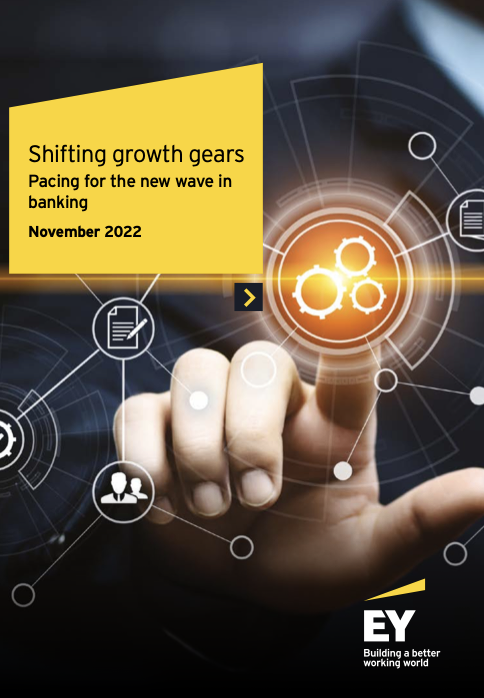Ernst & Young: How Are Banks Pacing for the New Wave?
At EY.COM, home of Ernst & Young Global Limited, Pratik Shah, EY India Financial Services Consulting Leader, and Harshvardhan Bisht, EY India Banking and Capital Markets Leader, explain that banks must evaluate and address the evolving needs of the consumers and maintain their trust in the banking system.
The advent of the pandemic and the rise of consumerism has brought about a paradigm shift and a renewed focus on convenience, especially for GenZ, making the banking industry steadfast into gearing to serve them in the most appropriate manner.
Gen Z rates convenience higher in their overall banking and shopping experience. While paying monthly bills, they want everything one click away. They want to pay EMIs, credit card bills, electricity bills, groceries, etc., in one app and on the same screen.
The next decade will be shaped by the maturation of GenZ, the largest generational cohort in history.

EY India rolled out a survey earlier this year to get a view on the extent of these market shifts and suggests how financial institutions can ride the new wave of banking through this report titled: Shifting growth gears: pacing for the new wave in banking.
Digitized Neo-Banks: Here to Stay
By providing seamless integration and easy access, neo-banks bridge the gap between the services that traditional banks offer and the evolving expectations of customers in the digital age. The induced need for personalization and convenience has led to the growing popularity of neo-banks. Commonly coined as ‘challenger banks’, their niche lies in offering customers a seamless experience elevated via lucrative offers, exciting rewards and cashback. Their exponential growth relies on how empowered they make the consumers feel through superior DIY journeys, better customer experience and supported ecosystem offerings personalized to a consumer.

But this does not mean that traditional banks are going away. According to their findings, traditional banks still operate from a position of strength, as "consumers like to have high degrees of trust in the players they choose for their PFRs."
This doesn't mean that they cannot coexist. In fact, they can interact quite effectively with neo-banks:
The traditional bank and neo-bank partnerships typically involve contractual aspects of revenue sharing, activity distribution, and customer ownership arrangement. Neo-banking incumbents need to rise above the ambiguity by finding suitable banking partners to hold the ground. For other major Indian banks, on the other hand, the need to get their API stack in place may act as a critical enabler to fructify these partnerships.
The Key: Personalize
Here are some takeaways from EY India's Shifting Growth Gears report:
- Convenience, cashback and rewards drive GenZ
- Globally, neo-banks are encashing the same and gaining market share rapidly
- Trust continues to be the dominating factor, driving financial relationships
- Among the surveyed group, 90% demonstrated trust in their primary financial relationship with traditional banks
- Robust customer service strategy, super apps, data-driven personalization, and embedded finance are driving an integrated ecosystem powering digital transformation
- Investments in metaverse banking are gaining ground to drive traction with GenZ
In short, there will continue to be a space -- and a need -- for traditional banks as long as they invest in their strengths and solidify interactivity with neo-banking.
This includes technologies like artificial intelligence and machine learning to digitize traditional payments like paper checks. In order to operate efficiently with neo-banks, banks need to create accurate data that can be transmitted to and from different systems -- requiring technologies like OrboAnywhere which extracts the data from all fields of a check, not just MICR and CAR/LAR. By extracting all the data, banks and neo-banks are able to aggregate the full data from payments for downstream use by business intelligence systems to personalize the banking experience.
